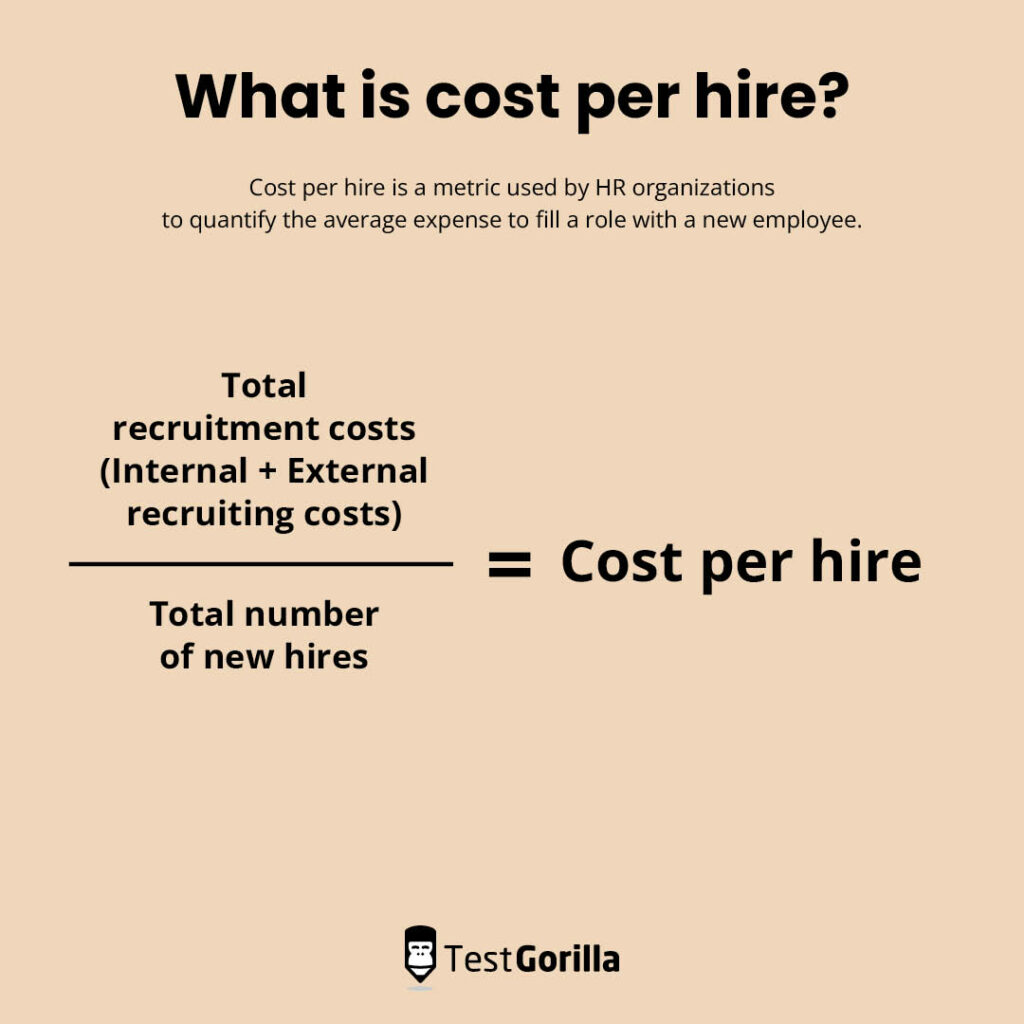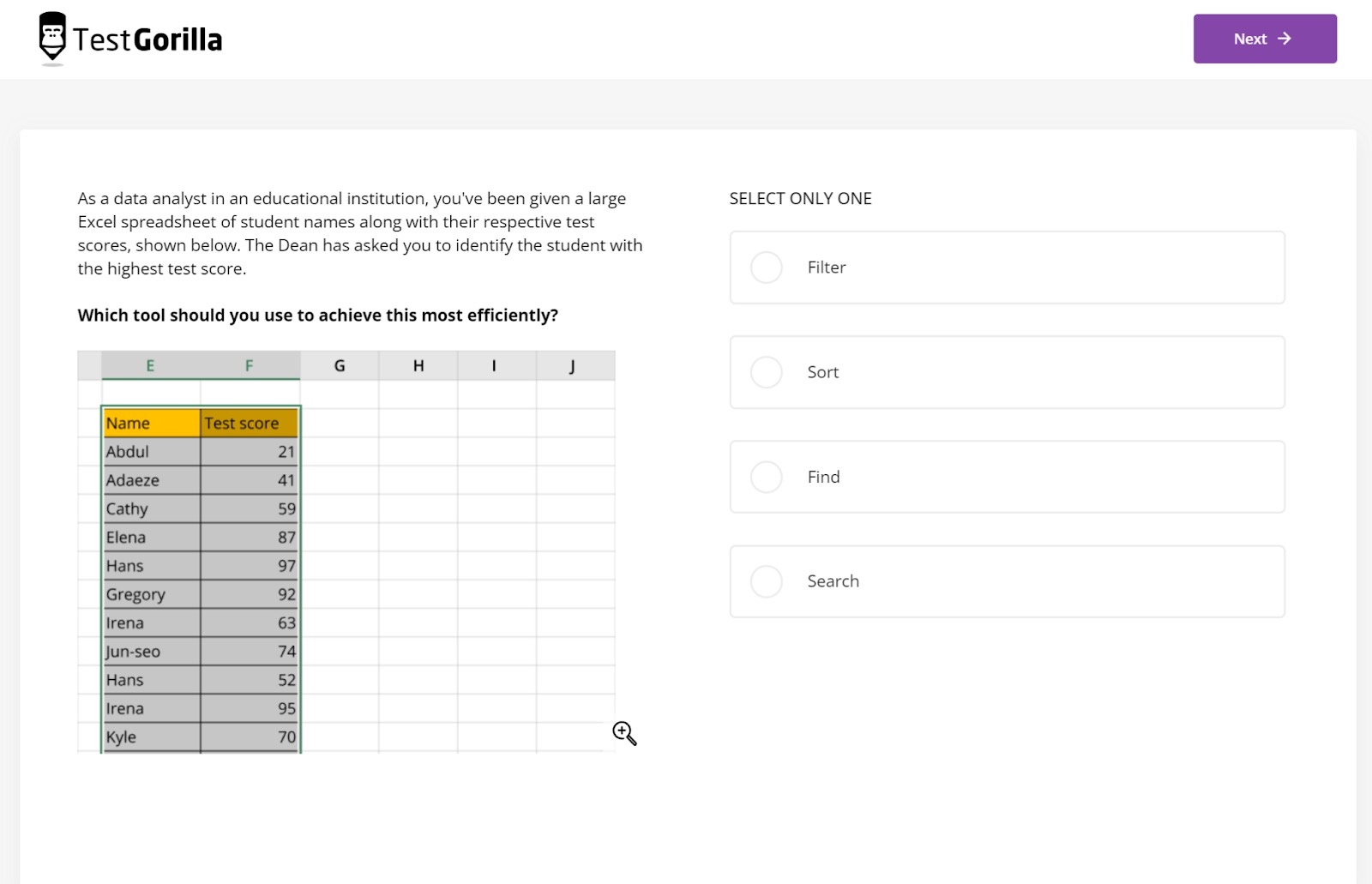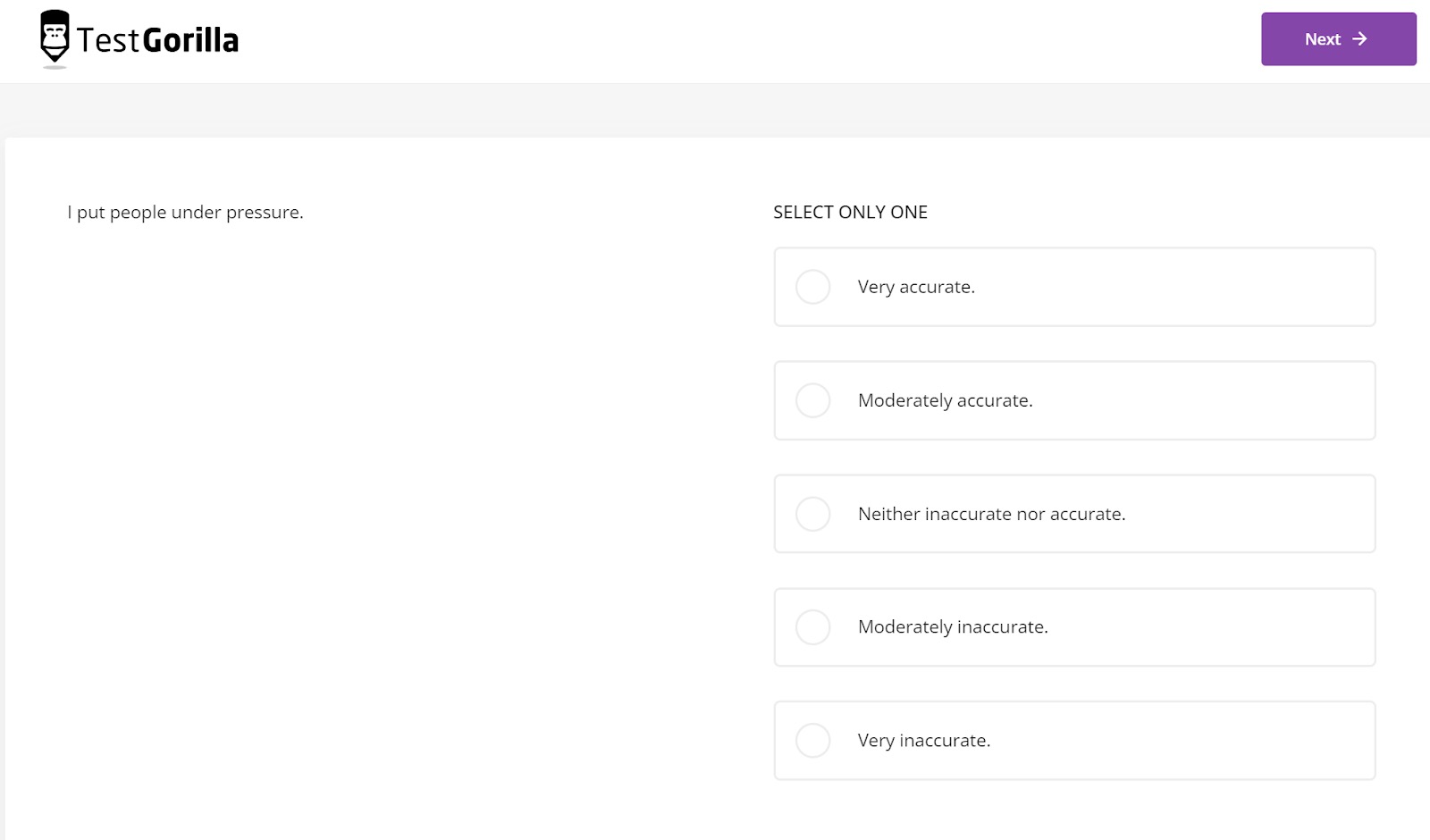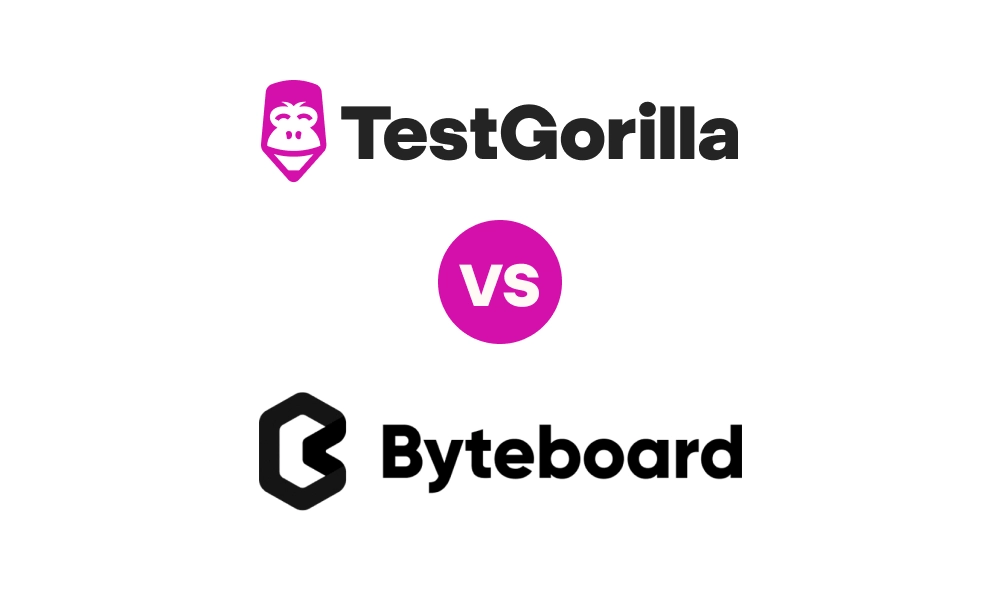Do you know how much you should be spending on your hiring and recruitment processes? Where are the bottlenecks, and is there any fat to trim?
Cost per hire is a metric that enables HR teams to track the performance of their recruitment and hiring budget.
Monitoring your cost of hire per employee maximizes your spending on internal and external recruiting activities and helps you eliminate redundant or poor-performing channels.
Here, we cover this important metric and its benefits, breaking down the cost per hire formula and reviewing proven ways to reduce the average cost per hire in your organization, including using skill assessments for a quicker, more accurate hiring process.
Table of contents
What is cost per hire?
Cost per hire (CPH) is a metric that tracks how much you spend on your recruiting efforts. It’s the average cost of recruiting a new employee.
You can use this HR metric to determine average costs over any given period and for specific roles, departments, or company-wide. Cost per hire gives you insight into how efficient your hiring process is and provides a baseline for measuring the efficacy of new tactics.
Additionally, cost per hire benchmarking data helps you keep a close eye on what your competitors are up to and how you compare in terms of hiring efficiency.
Average cost per hire by industry
The average cost per hire, based on a study by the Society of Human Resource Management (SHRM), is around $4,700. But note that these figures vary widely based on experience, with SHRM estimating executive cost per hire to be more than $28,000.
Let’s examine a table of cost per hire benchmarks by industry average to get a breakdown:
Industry | Average cost per hire |
Accommodation and food service, arts, entertainment, recreation | $1,070 |
Manufacturing | $3,497 |
Public administration, education | $4,160 |
Construction, utilities, agriculture, mining | $4,173 |
Healthcare and social services | $4,770 |
Administrative support | $6,338 |
Professional, scientific, and technical services, communication | $6,200 |
Nonprofit, privately owned | $4,151 |
Why is cost per hire important to HR professionals?
CPH is vital for you to measure the efficiency of your company’s hiring process.
Some of the benefits of monitoring your cost to hire an employee include:
Cost savings: Data drives more efficient hiring processes, improving your bottom line and giving you more money to invest in other areas of the business.
Better financial accountability: Cost per hire gives a clearer idea of recruiting spending and how to set optimal budgets. It helps you audit your hiring process and throw out tools or channels that aren’t producing results.
Improved recruitment process: Monitoring recruiting metrics like cost per hire enables you to eliminate bottlenecks and enhance the candidate experience.
Identify top talent: Improving cost per hire requires efficient recruiting methods, such as skills-based hiring and pre-employment testing.
More resources for onboarding: The money and time you save can go towards the learning and development of new hires.
Faster time to fill: By cutting out less efficient hiring processes, you can fill vacancies faster to prevent lulls in productivity.
Operate from a baseline: Benchmarking data ensures you don’t fall behind and helps you plan an effective recruiting budget.
While there are many benefits from calculating cost per hire, lower is not always better. Obviously, if you spent close to nothing on your hiring budget, you’d fail to attract top talent to your business. Cost per hire also doesn’t account for the cost of a bad hire.
Interpreting and optimizing the cost of hire per employee requires context and a strategy. Track quality of hire metrics to get the full picture of how your recruitment strategy is performing.
The goal is to build an efficient machine for recruitment, picking the right channels and resources to acquire the right people.
How to calculate cost per hire
Here is how to calculate cost per hire:
Cost per hire = (Internal recruiting costs + External recruiting costs) / Total number of hires
Now, let’s break down each of these variables.
Internal recruiting costs
Internal costs are those incurred by the resources and team members involved in your recruitment process. These include:
Examples of relevant costs | Definition |
1. Hiring manager costs | Costs associated with the time a hiring manager spends to recruit and onboard a new hire |
2. Recruiting staff costs | The total cost (salary, bonuses, and benefits) of your recruitment staff |
3. Training and development expenses | Training costs associated with ongoing efforts of HR staff |
3. Compliance costs | Expenses related to processing hiring documents (for example, legal or immigration papers) |
4. Administrative costs | Miscellaneous costs associated with supporting the hiring function, such as office equipment, rent, relocation expenses, and other overhead |
External recruiting costs
Money spent on HR software, assessments, and consulting services make up your external recruiting budget. These include:
Examples of relevant costs | Definition |
1. External recruiters and placement companies | Costs paid to outside parties that source candidates for an open role, i.e., recruiter fees or agency fees |
2. Job board fees or other marketing expenses | Fees and advertising costs paid to market an open position so candidates can find out about the role and apply |
3. Pre-screening costs | Costs related to screening applicants for quality and fit (including pre-employment skills assessments) |
4. Background checks | Expenses incurred to look into an applicant’s past. For example, completing job references, confirming their credentials, and conducting a criminal background check or drug testing |
5. Referrals or signing bonuses | Any incentives provided to existing employees or joining employees to secure a new hire |
6. HR technology and software costs | Subscription fees and technology expenses, such as applicant tracking systems or candidate assessment software |
Total number of hires
Your average cost per hire changes depending on the time frame you’re accounting for. Are you looking for the average cost to hire an employee in the last year or quarter?
Besides time, other variables affect what “total number of hires” means. It depends on if you’re examining a department, a team, or the entire organization.
Some examples of how you can calculate cost per hire include using:
Internal and external hires to assess costs across all employees. Alternatively, only include new hires from a specific hiring channel.
All types of employees across full-time positions, contractors, temporary staff, and outsourced support staff. Or only include one type for a specific analysis.
New hires who were onboarded over the last year. You can also isolate different periods (for example, only hires made over the last quarter).
Put cost per hire to work for the needs of your business. If your recruiting method is tailored for individual departments, construct your metrics around that. If you review your recruiting strategy semiannually, calculate cost based on total hires for the last six months.
Calculating cost per hire using a real-world example
To bring this to life, let’s use a hypothetical example with real numbers.
Imagine you are an HR professional at a large tech company in San Francisco, and you’ve been tasked with calculating the cost per hire for last quarter’s recruiting efforts.
Here is what you would plug into your cost per hire calculator:
Cost per hire variable | Components | Total |
Internal recruiting costs | - Hiring manager costs: $3,800 - Recruiting team costs: $8,700 - Compliance costs: $1,000 | $13,500 |
External recruiting costs | - Background screening: $7,400 - Sourcing costs: $3,500 - Job posting costs: $10,000 - Placement agency: $4,200 - Technology and software: $7,400 | $32,500 |
Total cost | - Sum of internal and external recruiting costs | $46,000 |
Furthermore, these costs are allocated over a total of 10 new hires that the team made last quarter.
The resulting cost per hire would be $4,600 per employee on average.
How to optimize your average cost per hire: 8 proven tips
Now that we’re clear on what cost per hire is, how to calculate it, and how to use it properly, let’s cover what you can do to improve it.
8 tips to optimize your cost per hire: Summary
Best practices to optimize cost per hire | Why you should do it |
1. Track cost per hire against benchmarks | A cost per hire benchmark helps your organization determine a healthy range for cost per hire. |
2. Split up cost per hire by source | Different hiring sources naturally have different costs. Analyzing cost per hire by source gives your company better insights. |
3. Compare results internally | Cost per hire is easier to interpret when calculated for similar roles within your company. |
4. Consider quality and timing for a full picture | Use your resources to track metrics such as quality of hire and time to fill for an overall view. |
5. Turn to lower-cost hiring methods | By analyzing cost per hire, your organization can identify which hiring methods are most efficient. |
6. Commit to skills-based hiring practices | Skills-based hiring practices not only save time and money but give you a better sense of candidate quality. |
7. Add context to the KPI | Interpret your cost per hire data relative to market and industry trends. |
8. Focus on culture to reduce cost per hire | Remember to check that candidates’ values align with your business to avoid unexpected bad hires and asshole geniuses |
1. Track cost per hire against benchmarks
The key to interpreting your business’ cost per hire is to compare the results with other reliable industry benchmarks.
This can be your own company’s data – for example, comparing this quarter’s cost per hire to the trend over time – or it might be a benchmark of average cost per hire by industry.
Comparisons like these help your company make accurate assessments of the efficiency of your hiring process.
For instance, using the example above, we can see that our total expenditure of $4,600 is slightly below the SHRM average of $4,700 per hire.
However, it’s important to remember that the inputs for calculating cost per hire can also be influenced by factors in the general economy and labor market that are beyond your control. Many companies found the talent acquisition process much harder during the Great Resignation, for instance.
2. Split up cost per hire by hiring source
When you analyze cost per hire at more granular levels, it can give you greater insights about your HR department.
One way to do this is to isolate recruitment expenses and new hires based on recruitment sources. You might break down your cost per hire data based on their source:
Employee referrals
External recruiters or recruiting agencies
Paid job boards or recruiting software
Investigating cost per hire for each channel might reveal that employee referrals are far more efficient in terms of cost and number of employees hired. In fact, on average, employee referral programs shave off $1,000 and 13 days from the hiring process.
In this case, your company might reorient resources to focus on more productive channels and scale back on inefficient hiring sources.
3. Compare results internally by department and position
Another way to make cost per hire results more specific is to analyze data for different departments or job positions.
You might find that the cost per hire for a software engineering position is higher than the cost per hire for a customer service role.
Blending departments together obscures the variability of costs across your organization. Instead, it’s easier to derive insights when you compare cost per hire for specific roles.
4. Consider quality and timing to get a full picture
To get a complete picture of your recruiting efforts, it’s important to consider cost per hire in relation to time to hire and quality of hire.
A low cost per hire isn’t necessarily a good indicator if new hire performance ends up being poor or candidates take forever to move through your recruiting funnel.
One of the best ways to improve hiring quality and timeliness is to use pre-employment screening tests.
When skills assessments are used as part of the hiring process, employers are able to focus on the most qualified candidates effectively; thereby saving precious recruiting time and making it easier to assess the best talent.
Revolut, a cash management app company, used our full suite of language proficiency tests to reduce the average time to hire by more than 30%. What’s more, they had more candidates completing their assessments and an increased quality of applicants overall.
Reduce cost per hire with TestGorilla
Reduce your cost per hire using talent assessments.
5. Turn to lower-cost hiring methods
Honing in on the individual expenses that contribute to cost per hire helps organizations identify which channels are not worth the budget spend and uncover more efficient methods.
For example, many job boards charge upwards of $399 to post open job positions, and often for a limited time. Multiply this across multiple job websites and positions, and expenses quickly add up.
Decreasing cost-per-hire is sometimes as simple as doing the math. Focus on activities that cost less but are more fruitful.
For instance, transferring, promoting, or cross-training current employees saves time and money that would otherwise need to be spent attracting and vetting external candidates.
Other ways to save money in recruitment include:
Employee referral programs
University partnerships and internships
Freelance platforms
Social media channels
Recruitment and alumni events
Online industry forums
6. Commit to skills-based hiring practices
Moving more candidates more efficiently through the hiring process is the ultimate goal when optimizing the cost of hire per employee.
One way to enhance this is to use a skills-based hiring process that focuses on candidates’ capabilities rather than using resumes or extensive qualifying interviews. This reduces the reliance on expensive external recruiters and resume screening software while delivering more accurate assessments of candidates’ strengths.
The numbers back us up: Our study on skills-based hiring found that skills assessments help reduce cost per hire for 78% of employers.
Skills-based hiring also enables companies to access wider talent pools and hire more diverse groups of people by eliminating subjectivity and bias.
Talent assessments are versatile because they enable you to test for soft skills such as communication and project management as well as hard skills such as Microsoft Excel:
Ocean Outdoor UK is a fantastic example of a company that revamped its hiring process with TestGorilla. It tailored assessments to each specific job and decreased its rate of unsuccessful hires by around 44% while also saving five hours on interviews per position.
7. Add context to the KPI
A movement up or down in cost per hire at your organization isn’t necessarily a good or bad indicator on its own.
We mentioned already how cost per hire should be considered against broader labor market conditions, but it should also be considered relative to hiring initiatives and investments your company is making.
For example, if your business is ramping up recruiters ahead of an expected hiring binge, costs are likely to go up now while the denominator (number of hires) might not increase until next quarter.
Rather than reporting on cost per hire in a vacuum, add context and explanations to understand why the KPI is reading one way or another.
8. Focus on culture to reduce cost per hire
Finding quality candidates isn’t only about skills and capabilities. You need people whose values align with your business, or else you risk mis-hires and adding hidden hiring costs to your efforts due to unforeseen bad hires.
Assessments like our Culture Add test evaluate candidate values and behaviors, so your team doesn’t have to read minds during the recruiting process.
Other valuable personality assessments available in our test library include:
Motivation
DISC
Big 5 (OCEAN)
Enneagram
16 types
For more example questions, click here to see our DISC personality test in action.
Use these tests to accurately measure how candidates’ expectations align with the job you’re offering and ensure you’re hiring candidates who mesh with the culture you’ve worked so hard to build (and contribute to growing and improving it).
Optimize cost per hire with TestGorilla
Cost per hire gives you insights to improve how your organization operates. By calculating and monitoring cost per hire metrics, you keep your finger on the pulse of your recruitment efforts.
TestGorilla’s pre-employment tests provide an easy way to maximize your recruiting spend by empowering your team to ditch expensive, ineffective, and highly time-consuming methods, like resumes and cover letters.
Our range of high-quality assessments fits any process or job role you need. Simply customize the exam (if necessary) and reap the benefits. Skill assessments don’t only optimize your average cost per hire, they also enhance the candidate experience.
Sign up for a demo or take a product tour to find out how our tests can work for you.
Or, register today to gain access to our free forever plan and start making data-driven hiring decisions.
Cost per hire FAQs
Below, you can find answers to some of the most commonly asked questions about cost per hire.
What is the typical cost per hire?
The typical cost per hire varies depending on several factors, including company size, industry, and job role. The average cost per hire across the board is around $4,700. Jobs that require more qualifications or experience are usually much more expensive.
Is it cheaper to hire a new employee or keep an existing one?
It’s almost always cheaper to keep an existing employee than to acquire a new one. Transfers from other offices and internal recruiting are great ways to lower hiring costs. When you need to find new talent in your internal company pool, talent assessments help you find the candidates that best align with the open role, making your hiring process accurate and keeping internal costs down.
How do I calculate cost per hire in Excel?
Identify and tally up all of your internal and external recruiting costs
Account for soft costs like interviewer time and HR screening time
Create a spreadsheet with columns for each recruiting expense and one for the total cost
Use the SUM function to add up the total recruiting cost
Determine the total number of hires for the given time period or department
Add a cell that divides the total recruiting expenses by the total number of hires
Input data to calculate the average cost per hire
Related posts
Hire the best candidates with TestGorilla
Create pre-employment assessments in minutes to screen candidates, save time, and hire the best talent.
Latest posts
The best advice in pre-employment testing, in your inbox.
No spam. Unsubscribe at any time.

Hire the best. No bias. No stress.
Our screening tests identify the best candidates and make your hiring decisions faster, easier, and bias-free.
Free resources
This checklist covers key features you should look for when choosing a skills testing platform
This resource will help you develop an onboarding checklist for new hires.
How to assess your candidates' attention to detail.
Learn how to get human resources certified through HRCI or SHRM.
Learn how you can improve the level of talent at your company.
Learn how CapitalT reduced hiring bias with online skills assessments.
Learn how to make the resume process more efficient and more effective.
Improve your hiring strategy with these 7 critical recruitment metrics.
Learn how Sukhi decreased time spent reviewing resumes by 83%!
Hire more efficiently with these hacks that 99% of recruiters aren't using.
Make a business case for diversity and inclusion initiatives with this data.























